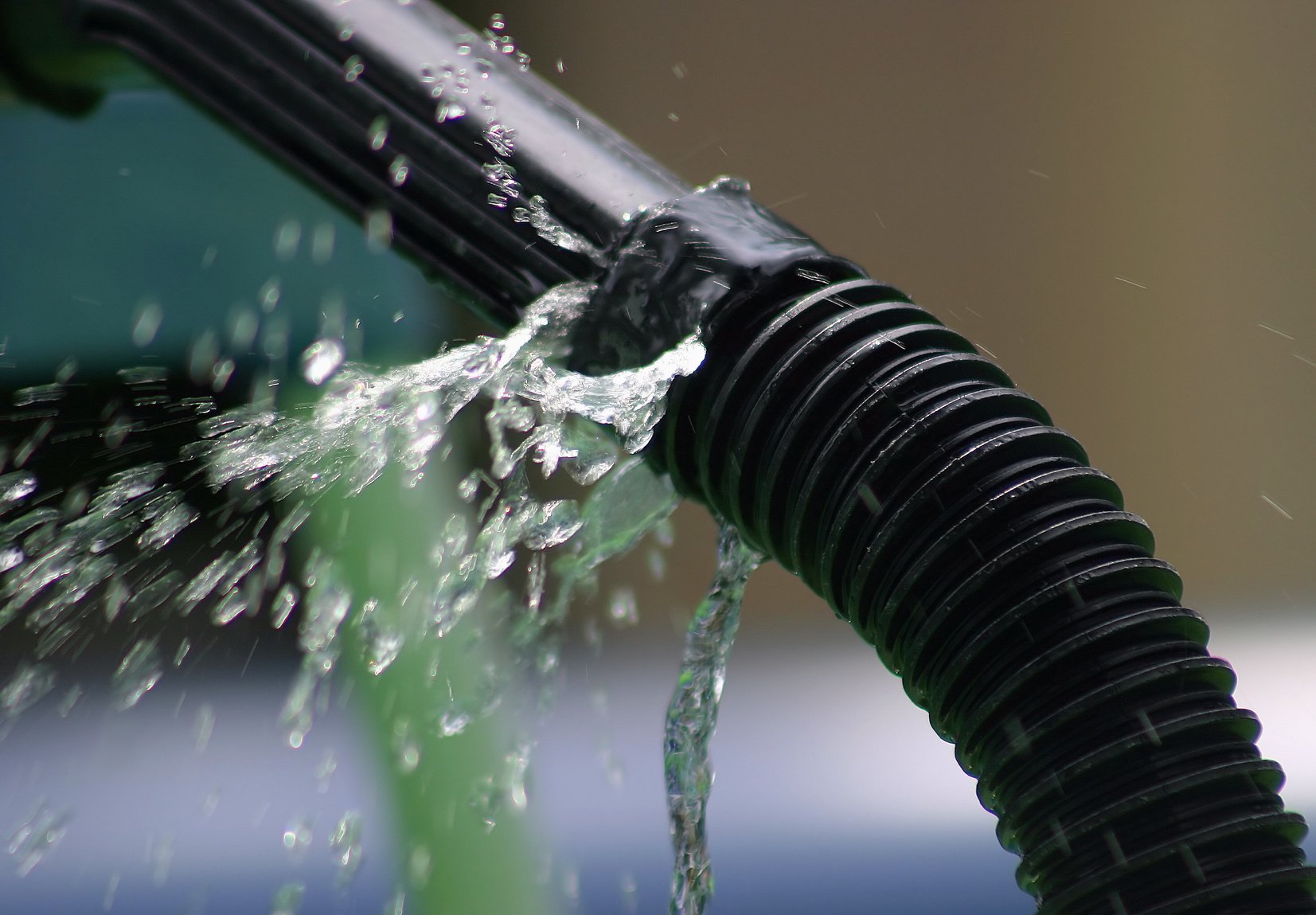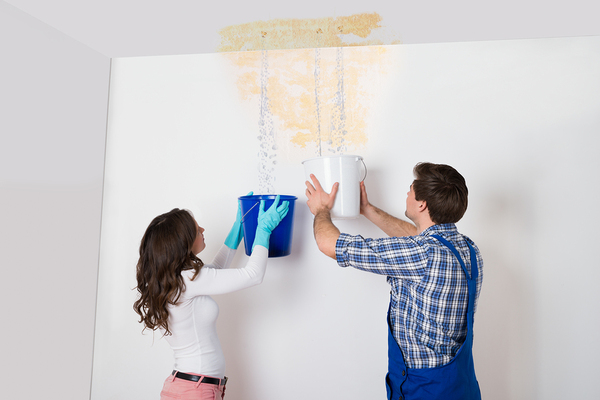Pinpoint What Leads to Water Leaks in The House
Pinpoint What Leads to Water Leaks in The House
Blog Article
Were you searching for help and advice about Most Common Causes of Leaky Pipes?

Leakages not only cause waste of water but can additionally create unnecessary damage to your residence as well as promote unwanted natural growth. Unfortunately, water leakages may go unnoticed given that the majority of the pipework in our home is concealed. By looking and recognizing for daily scenarios that trigger leaks, you can shield your house from future leaks and unneeded damage. Today, we will certainly look at 6 leakage causes that might be creating your pipes to drip.
Trespassing roots
A lot of water leaks start outside the house rather than inside it. If you see a sudden decline in water pressure, say in your faucet, take some time to head out and also examine your backyard. You might see damp patches or sinkholes in your backyard, which may imply that tree roots are invading water lines causing water to permeate out. You can have your plumber check for intrusion, particularly if you have trees or bushes near your residential or commercial property.
Corroded water systems
This could be the reason of staining or bending on your water pipes. If our plumbing system is old, think about replacing the pipes given that they are at a higher risk of deterioration than the more recent designs.
Faulty Pipe Joints
Pipe joints can wear away over time, resulting in water leaks. If you have noisy pipelines that make ticking or banging noises, especially when the hot water is turned on, your pipeline joints are most likely under a whole lot of pressure.
Immediate temperature level modifications.
Extreme temperature level modifications in our pipes can trigger them to increase as well as contract suddenly. This growth and contraction may trigger splits in the pipelines, specifically if the temperature are below freezing. It would be best if you kept an eye on just how your plumbing functions. The presence of the previously pointed out conditions often indicates a high danger.
Poor Water Connectors
At times, a leakage can be caused by loose pipes and pipelines that supply your devices. Most of the time, shifting is what triggers the loosened water Links. You could locate in the case of a washing maker, a pipe might spring a leakage due to trembling during the spin cycle. In case of a water connections leak, you may notice water running directly from the supply line or pools around your home appliances.
Blocked Drains
Obstructed drains pipes may be annoying and also inconveniencing, however they can occasionally wind up triggering an overflow resulting in break pipelines. Keep removing any type of products that might decrease your drains that might clog them to prevent such aggravations.
All the above are reasons for leakages however not all water leaks result from plumbing leakages; some leaks may originate from roof leaks. All leakages should be repaired quickly to avoid water damages.
Leaks not just cause waste of water yet can also cause unneeded damage to your house and also advertise unwanted natural growth. By looking and comprehending for daily circumstances that create leakages, you can protect your house from future leakages and unneeded damage. Today, we will look at six leakage creates that might be creating your pipelines to leak.
At times, a leak can be caused by loose hoses and pipelines that provide your devices. In instance of a water links leak, you might notice water running directly from the supply line or puddles around your home appliances.
How To Check For Water Leak In Your Home
How To Check for Leaks
The average household's leaks can account for nearly 10,000 gallons of water wasted every year and ten percent of homes have leaks that waste 90 gallons or more per day. Common types of leaks found in the home are worn toilet flappers, dripping faucets, and other leaking valves. These types of leaks are often easy to fix, requiring only a few tools and hardware that can pay for themselves in water savings. Fixing easily corrected household water leaks can save homeowners about 10 percent on their water bills.
To check for leaks in your home, you first need to determine whether you're wasting water and then identify the source of the leak. Here are some tips for finding leaks:
Take a look at your water usage during a colder month, such as January or February. If a family of four exceeds 12,000 gallons per month, there are serious leaks.
Check your water meter before and after a two-hour period when no water is being used. If the meter changes at all, you probably have a leak.
Identify toilet leaks by placing a drop of food coloring in the toilet tank. If any color shows up in the bowl after 10 minutes, you have a leak. (Be sure to flush immediately after the experiment to avoid staining the tank.)
Examine faucet gaskets and pipe fittings for any water on the outside of the pipe to check for surface leaks.
Undetected water leaks can happen without the home or business owner even realizing. If you suspect a water leak, but not able to find the source. It is time to contact a professional water leak detection service, The Leak Doctor.
How To Find a Water Leak In Your Home
https://www.leakdoctor.com/blog/How-To-Check-For-Water-Leak-In-Your-Home_AE197.html

I found that piece of writing on How Fast Water Damage Can Ruin Your Home while browsing the web. Feel free to take a moment to promote this article if you enjoyed it. We love reading our article about How to detect water leaks in your home.
We've got you! Report this page